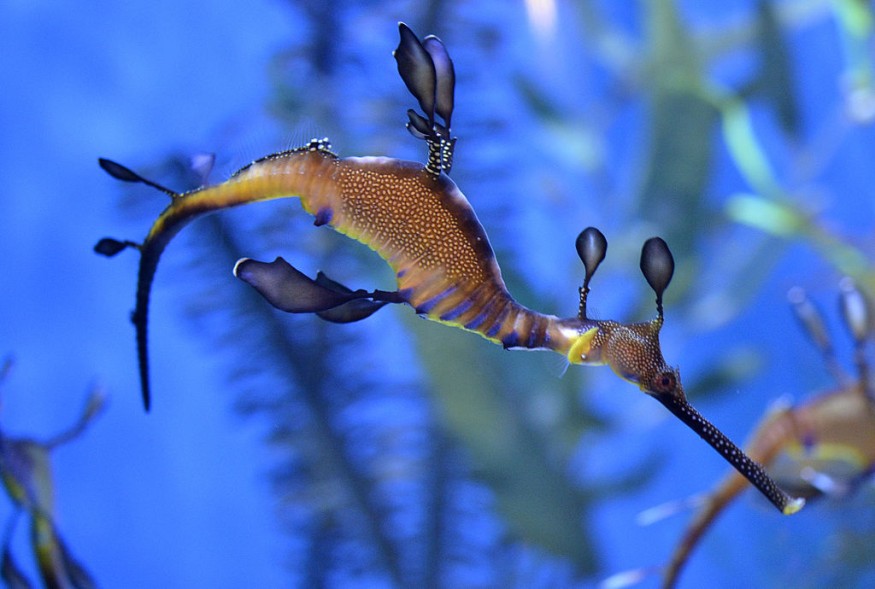Australia has experienced unprecedented rain from the start of the year to April, making 2022 the wettest year on record. In recent months, Sydney had been hit by repeated flooding driven by a strong upper trough over the center of New South Wales (NSW). Due to these extreme weather events, sea creatures get washed up on the shore and the latest one is the colorful seadragons.
Beach-goers were shocked to have spotted large weedy seadragons washed up across the beaches in Australia and away from their natural habitat. Images of the lifeless fish strewn across NSW beaches have emerged after weeks of rain.

Seadragons on NSW Beaches
Adorned with colorful leaf-shaped appendages, seadragons are one of the most ornately camouflaged animals on the planet. They perfectly blend in with the seaweed to trick their natural predators.
But an article from news.com.au reported that dozens of these colorful marine fish were unexpectedly seen across NSW's northern beaches in Cronulla, Malabar, and the Central Coast. Marine ecology professor, Dr. David Booth from the University of Technology Sydney (UTS), believes the recent wash-up is about 10 times more than usual.
He said that the sudden appearance of seadragons in great numbers resulted from a combination of the shocking weather in the country, pollutants in the ocean, and big surf.
It is unusual to see these fish so far from their home, even if weedy seadragons, also known as common seadragons, are mainly found in Australia. Dr. Selma Klanten, the lead investigator from the Fish Ecology Laboratory of the university, said that adult seadragons might only move 50 to 500 meters away from where they were born throughout their lifetime because it makes them susceptible to habitat loss and changing environmental conditions.
ALSO READ: Pregnant Male Seahorse Might Be More the Same With Human Pregnancy Than Previously Thought
Seadragons vs. Seahorses
Seadragons are related to seahorses, according to Australian Museum. Like seahorses, male seadragons are responsible for rearing the young. But unlike seahorses, they do not have a pouch for carrying the eggs, so it is fixed to the underside of their tails.
A seadragon looks like a seahorse but with a longer pip-like snout with a small terminal mouth. They got their name weedy seadragon for their leaf-like appendages and are the only species that can be found in NSW that cannot be confused with other members of the family Syngnathidae.
They live in kelp-covered rocky reefs at depths from about 10ft to 164ft (3m to 50m) and are usually found in shallow estuaries and deep offshore reefs. Seadragons are also said to be the most frequently encountered member of the coastal fish fauna by divers.
Seadragons are endemic to the temperate marine waters of Australia that occur from the central NSW coast around the south coast of the country to south-western Western Australia. With their leafy appendages and colorful camouflage, they could feed on small crustaceans.
However, they often get stranded on beaches because they are not good swimmers. This might also explain why there are so many of them during the recent wash-up after weeks of record rain in Australia.
From Threatened Species to Least Concern
Seadragons are protected species in NSW, so collecting or harvesting them without a permit is punishable by law. They were put under protection because of their vulnerability, making them under the Threatened Species list.
However, the International Union for Conservation of Nature changed its classification in 2016 and downgraded the creatures into least concern species after improved numbers.
RELATED ARTICLE: Leafy Sea Dragons: How the Majestic Marine Species Thrive Under South Australia's Underwater Biodiversity
Check out more news and information on Seadragon in Science Times.
© 2025 ScienceTimes.com All rights reserved. Do not reproduce without permission. The window to the world of Science Times.












